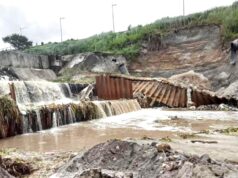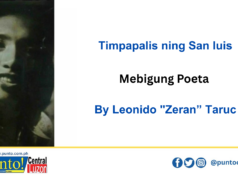SUBIC BAY FREEPORT – The Subic Bay Metropolitan Authority (SBMA) will supply most of Central Luzon’s needs for seedlings under a national greening program that seeks to plant some 1.5 billion trees throughout the country in a period of five years.
SBMA Chairman Roberto Garcia asked the SBMA Ecology Center to intensify its collection of seedlings of various indigenous tree species in this freeport for use in tree-planting projects in Central Luzon.
Garcia said the SBMA has taken on a significant role in the government’s National Greening Program (NGP) after it signed a joint memorandum of agreement with the Department of Environment and Natural Resources (DENR) and the Department of Science and Technology (DOST) for the establishment of an indigenous tree specie nursery here.
“We are in the best position to supply planting materials for the greening program, because the Subic Bay Freeport has all sort of indigenous tree species in its well-protected forests,” Garcia said.
“Aside from this, Subic Freeport has all types of vegetation — from those that grow in forests to those that thrive in grasslands and mangroves, so it can really supply seedlings even for various types of location,” he added.
Meanwhile, SBMA forester Patrick Escusa said that Ecology Center personnel are currently gathering seeds and seedlings from a mini-park right at Subic’s central business district.
“So far, we have Narra and Bani seedlings from our mini-park here, and after this, we’ll also collect so-called ‘wildings’ — or seedlings that have sprouted from fallen seeds — at residential areas in the zone,” he said.
The collected seedlings are carefully transplanted into seedling bags, and then cared for at the SBMA nursery until they’re ready for distribution.
The NGP aims to reforest 100,000 hectares with 100 million seedlings this year; 200,000 hectares with 200 million seedlings in 2012; and 300,000 hectares with 300 million seedlings annually for 2013, 2014, 2015 and 2016.
Half of the total number of seedlings to be planted would be forest tree species for timber production and forest protection purposes. The other half will consist of tree species used in agro-forestry sites conducive to growing cash crops and fruits.
Environment Secretary Ramon Jesus Paje said that a key feature of the NGP is to correct certain gaps in past reforestation undertakings that “usually were concentrated in areas that were most convenient to (planters) without regard to whether the tree seedlings planted will thrive in those areas.”



